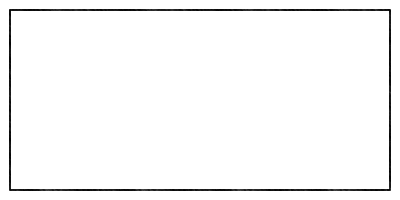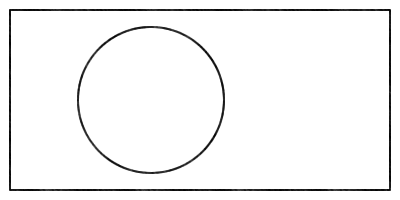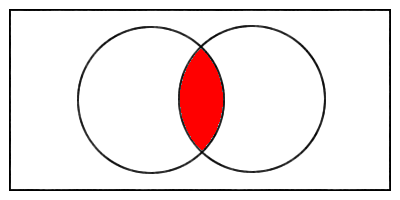For the past three years, I’ve been an official IB Assistant Examiner. This means that each May (or November, but I usually don’t sign up for the November sessions, too busy), I get sent a whole bunch of external exams or projects, and I have to grade the assignments. The money isn’t great, it’s a huge amount of work, but I see it as really valuable.
I had just received yet another package this morning, which one of the administrative staff gave to me, so I felt obligated to explain to her about my role as an assistant examiner for the IB. Her response was "Wow, that’s cool, it must really give you some perspective into your own students’ work."
This really is true, I love being able to see what other schools do. I can’t share it directly with my peers for confidentiality reasons, but certainly I share the principles behind how student work is arranged, and what the expectations are around the world. I’ve now observed a few dozen different school’s work, which means that I have a few dozen perspectives on what it means to produce a student project. The best part is, almost all of these projects are based on the same small set of projects, so I can actually control for type of project.
I highly recommend moderating other school’s work, the perspective you gain is totally worth it, even if the money is not.


